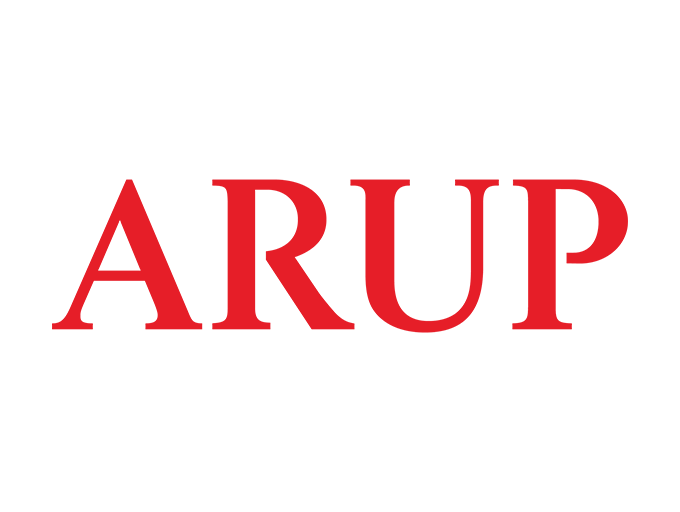Digital Asset Delivery and Project Management
3D Digital Twin Model of Building Façade
Challenge Statement Owner:

Arup is a global collective of designers, consultants and experts. For over 75 years, Arup has been recognised for its vision, talent and tenacity.
Dedicated to sustainable development, the firm is a collective of 18,500 designers, advisors and experts working across 140 countries. Founded to be both humane and excellent, they collaborate with clients and partners using imagination, technology and rigour to shape a better world.
Background
Undertaking work on building facades can be a challenging task, especially when it comes to coordinating different specialists and the asset owner. It is even more difficult when dealing with buildings that have complex geometry, such as curved facades, recessed areas, and numerous returns. In such cases, a large set of drawings is usually required to document the geometry, making the process even more cumbersome.
Moreover, when undertaking Addition and Alteration (A&A) works, it is crucial for contractors to know where the works are located and potential access restrictions on the building. This can be a time-consuming and complicated process, especially when relying on spreadsheets and written reports.
A 3D digital twin model of the building facade can address these challenges. The client and vendors can access this model to input relevant information, simplifying the process of identifying areas and recording where works have been undertaken. A graphical and 3D representation of the building reduces the need for a large set of drawings with markups for buildings and provides up-to-date observations.
Such a solution also alleviates issues associated with staff changes and offers the potential for further analytics and forecasting. Furthermore, in an A&A tendering process, significant cost savings can result if contractors possess a thorough understanding of building facade issues (supplemented with corresponding images), geometry, and access requirements.
Overall, this streamlines the process of building facade work and improves outcomes for all stakeholders.
The Challenge
Arup is looking for a solution that better enables the gathering, presentation and management of building data, particularly of the building facade, so as to improve data organisation and comprehension, auditing, risk management, project management, analytics, and forecasting.
Requirements
The solution should:
- Create a graphical representation of the building that enables the identification of specific facade elements for observation tagging purposes and facilitates a thorough comparison between the model and the pre-existing structure;
- Effectively distinguish between distinct types of façade elements, such as glazing, cladding, louvres, signages etc.;
- Use recording and retrieval processes, resulting in considerable time savings compared to the traditional method of using 2D drawings;
- Enable real-time monitoring of results and images to ensure transparency;
- Ideally implement a web-based model that is accessible to all vendors, including clients, contractors, engineers, and service providers, through an API, thus ensuring compatibility with various systems and enhancing accessibility for all users;
- Provide a platform for comprehensive tracking of historical data, including replacements, rectifications, window cleaning, BMU servicing, anchor point testing, defects, etc.; and
- Be adaptable to any forthcoming photogrammetry models, enabling the user to toggle them on or off.
Proof-of-concept (POC)/Pilot Support
Arup’s intent is to conduct the proof-of-concept in Singapore over three months (estimated). Given that the majority of their projects entail frequent property inspections and A&A works with commercial buildings, they can collaborate with a client to secure an appropriate building.
To account for the possibility of unavailable building documentation, they intend to conduct the proof-of-concept in three stages:
- Phase 1 – A model without relying on supporting documentation such as elevation plans, reference images, or drone technology. This will require utilisation of alternative methods (such as LiDAR scanners) to accurately capture and analyse the necessary data. By doing so, the aim is to create a robust and dependable model that can serve as a foundation for further development and refinement.
- Phase 2 – A comprehensive visual survey of the area using a drone and supplementing it with additional supporting documentation. This is to ensure that the model is based on detailed, accurate, up-to-date and thus reliable data available.
- Phase 3 – Model updated based on the results of a 10% hands-on PFI inspection, thus improving its accuracy.
Arup’s strategy involves collaborating with a select group of professionals from both Arup and Veraspec Australia, with the aim of creating a small, focused team to develop the solution and conduct proof-of-concept testing in Singapore.

